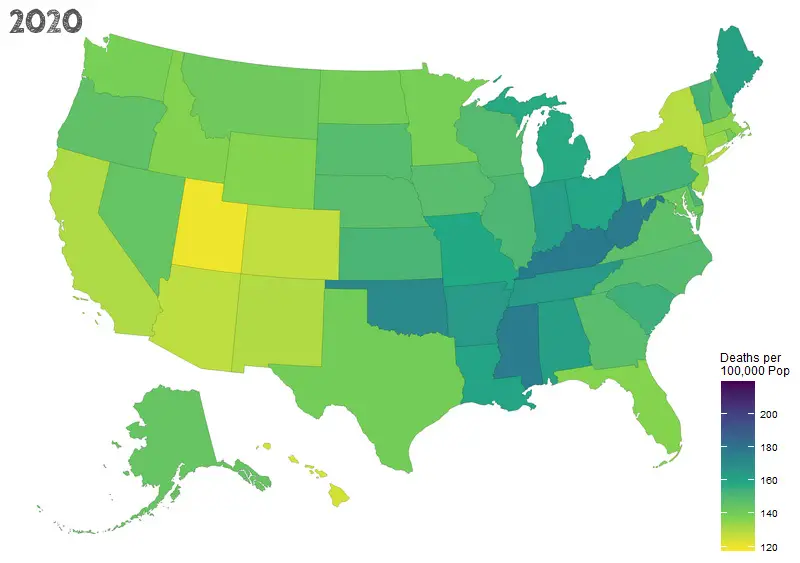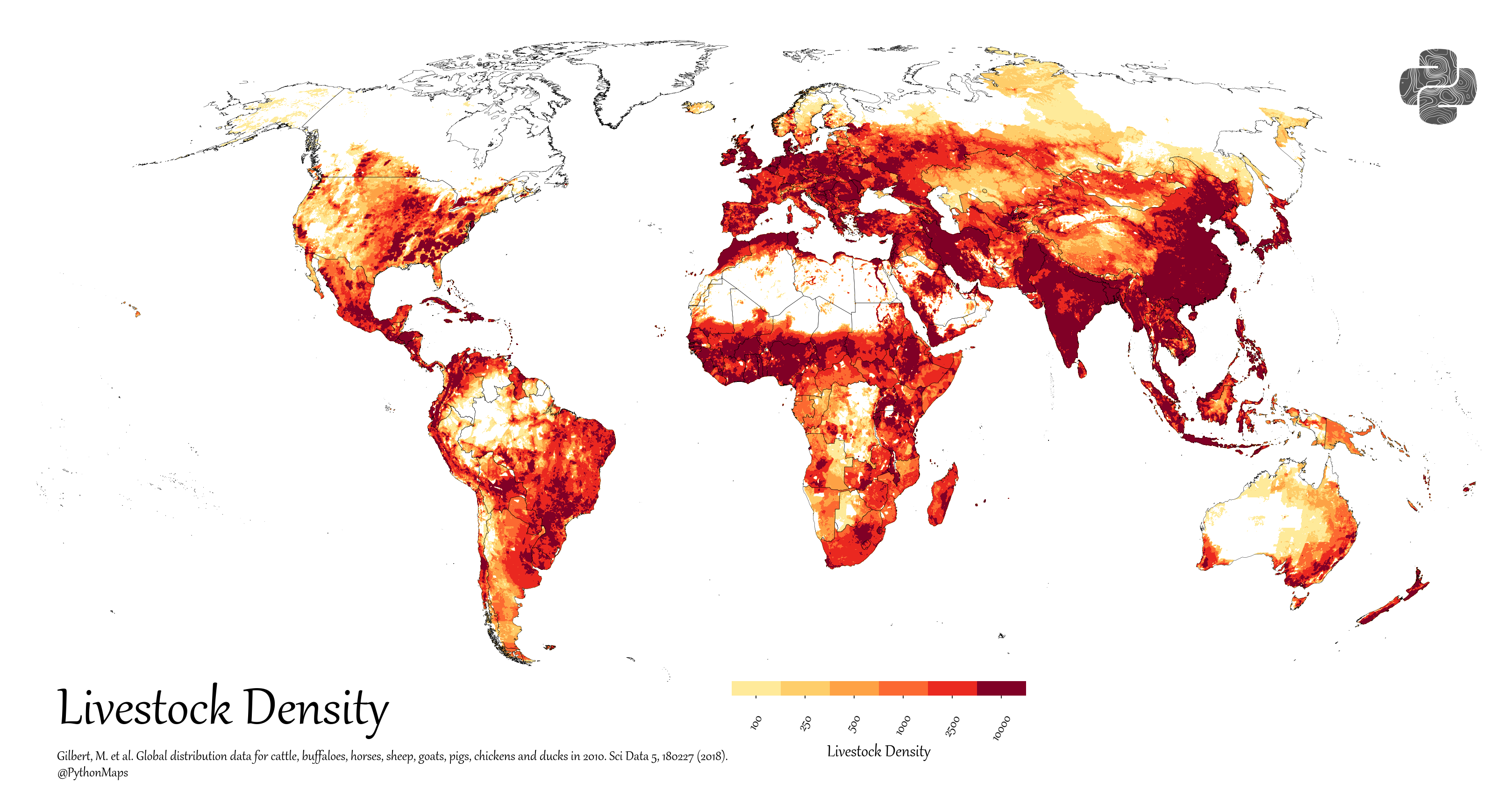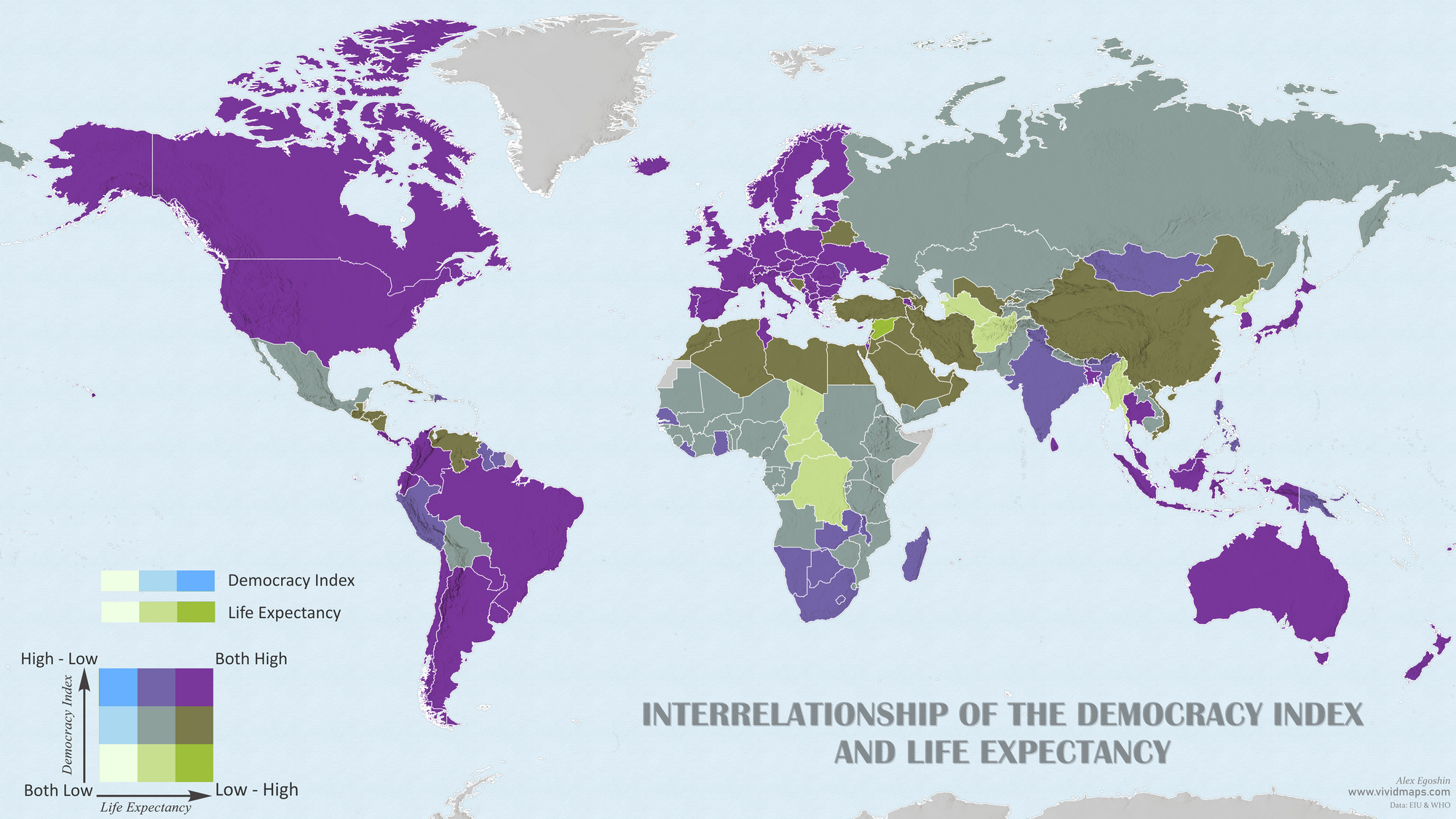Distribution of blood type in the world
Blood type refers to the classification of blood based on the presence or absence of certain antigens (proteins) on the surface of red blood cells. There are four main blood types: A, B, AB, and O, which are determined by the presence or absence of two specific antigens, called A and B, on the surface of red blood cells.
People with blood type A have the A antigen on their red blood cells, people with blood type B have the B antigen, people with blood type AB have both A and B antigens, and people with blood type O have neither A nor B antigens.
In addition to these antigens, the blood also contains antibodies that can react with other blood types. For example, someone with blood type A has anti-B antibodies, which means that if they receive a blood transfusion with blood type B, their immune system may attack the transfused blood cells.
Table of Contents
What is the most common blood type?
The most common blood type in the world is O positive, which is estimated to be present in about 38% of the global population. O positive blood type means that a person has the O antigen on their red blood cells and the Rh factor protein on their cells’ surface.
The next most common blood type is A positive, which is present in about 34% of the global population, followed by B positive, which is present in about 9% of the population. AB positive, the rarest blood type, is present in only about 3-4% of the population.
What is the prevalence of blood types by continent and country?
The prevalence of blood types can vary by continent, country, and even within different ethnic groups. Here are some general estimates of the distribution of blood types:
In Africa, the most common blood type is O, followed by A and then B. The prevalence of blood type O in Africa is estimated to be around 51%.
In Asia, the most common blood type is also O, followed by B and then A. However, the distribution of blood types can vary widely within different regions and ethnic groups. For example, in Japan, the most common blood type is A, while in China, it is O.
In Europe, the most common blood type is A, followed by O and then B. The prevalence of blood type A in Europe is estimated to be around 44%.
In North and South America, the most common blood type is O, followed by A and then B.
The map below shows the most common blood type by country.

It is important to note that these estimates are based on population studies and may vary by region and ethnic group. Additionally, the prevalence of different blood types can have important implications for blood transfusions and organ transplants, which must be carefully matched to ensure compatibility.
The maps below created by Dennis O’Neil shows the distribution of blood types in native populations by region.



How diversity of blood types in various areas of the earth be explained?
The diversity of blood types worldwide can be explained by the interaction of several factors, including genetic inheritance, population history, and natural selection.
The ABO blood group system, for example, is determined by variations in the ABO gene, which is found on chromosome 9. There are three different versions of the gene, designated A, B, and O, which encode different versions of an enzyme that adds specific sugar molecules to the surface of red blood cells. The presence or absence of these sugar molecules determines the blood type.
Over time, different populations have developed different distributions of these ABO gene variants due to genetic drift, migration, and interbreeding. For example, the frequency of the O allele is highest among indigenous populations of the Americas, while the frequency of the B allele is highest in populations of Central Asia and Northern India.
Natural selection may also have played a role in shaping the distribution of blood types. For example, some studies have suggested that people with blood type O may be less susceptible to certain infections, such as malaria, while those with blood type A may be more susceptible. In regions where malaria is prevalent, natural selection may have favored individuals with blood type O, leading to higher frequencies of this blood type.
Overall, the diversity of blood types worldwide is the result of complex interactions between genetic inheritance, population history, and natural selection.
Are there any advantages of different blood types?
There is ongoing research into whether different blood types may confer certain advantages or disadvantages in terms of health and disease susceptibility. While the evidence is not conclusive, some studies have suggested that certain blood types may be associated with certain health conditions or offer protection against others. However, it is important to note that these associations are generally small and should not be considered determinative.
For example, some studies have suggested that people with blood type O may have a lower risk of heart disease and stroke, while those with blood type A may have a higher risk of certain types of cancer, such as pancreatic cancer. Other studies have looked at the relationship between blood type and infectious diseases, such as malaria, HIV, and COVID-19. Some evidence suggests that people with blood type O may be less susceptible to some infections, while those with blood type A may be more susceptible.
It is important to note that these associations are not fully understood, and more research is needed to determine the exact mechanisms behind them. Additionally, while blood type may have some minor implications for health, it is not a major determinant of overall health or disease risk. Other factors, such as lifestyle, environment, and genetics, are likely to have a much greater impact on health outcomes.
How will the prevalence of blood groups change in the future?
It is difficult to predict with certainty how the prevalence of blood groups will change in the future, as it depends on a number of factors including genetic inheritance, population demographics, and environmental factors. However, there are some general trends that may provide some insights.
For example, in recent years there has been an increase in migration and intermarriage between different populations, which can lead to greater genetic diversity and potentially alter the prevalence of certain blood groups in certain regions. Additionally, advances in medical technology and procedures may also affect the prevalence of blood groups, such as the increasing use of gene editing and stem cell therapies.
That being said, it is important to note that the frequencies of different blood groups in a population tend to be relatively stable over time, with minor fluctuations occurring due to factors such as demographic changes, natural selection, and genetic drift. Therefore, while changes may occur, it is unlikely that they will be dramatic or rapid.








